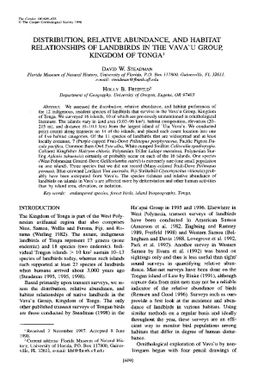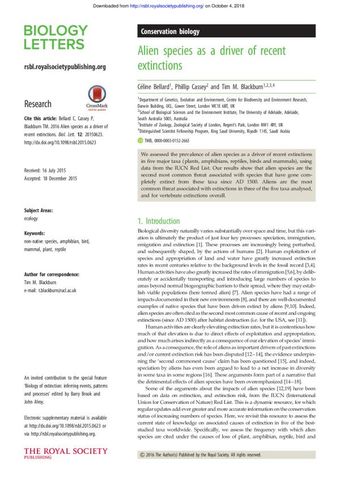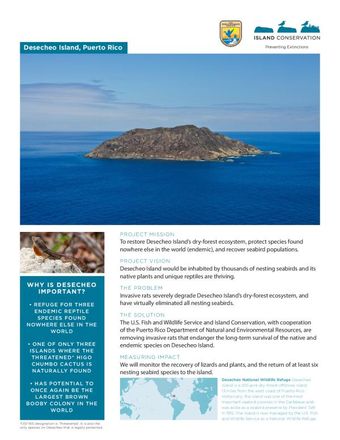Distribution, relative abundance, and habitat relationships of landbirds in the Vava'u group, Kingdom of Tonga / by David W. Steadman and Freifield, Holly B.
- Description:
- We assessed the distribution, relative abundance, and habitat preferences of the 12 indigenous, resident species of landbirds that survive in the Vavau Group, Kingdom of Tonga. We surveyed 16 islands, 10 of which are previously unmentioned in ornithological literature. The islands vary in land area (0.02-96 kn?), habitat composition, elevation (20- 215 m), and distance (O-lo.1 km) from the largest island of Uta Vavdu. We conducted point counts along transects on 14 of the islands, and placed each count location into one of five habitat categories. Of the 11 species of landbirds that are widespread and at least locally common, 7 (Purple-capped Fruit-Dove Ptilinopus porphyraceus, Pacific Pigeon Ducula pacijca, Common Barn-Owl Tyto alba, White-rumped Swiftlet Collocalia spodiopygia, Collared Kingfisher Halcyon chloris, Polynesian Tiiller Lalage maculosa, Polynesian Starling Aplonis tabuensis) certainly or probably occur on each of the 16 islands. One species (West Polynesian Ground-Dove Gallicolumba stairii) is extremely rare (one small population on one island). Three species that we did not record (Many-colored Fruit-Dove Ptilinopus perousii, Blue-crowned Lorikeet Vini australis, Fiji Shrikebill Clytorhynchus vitiensis) probably have been extirpated from Vavau. The species richness and relative abundance of landbirds on islands in Vavau are affected more by deforestation and other human activities than by island area, elevation, or isolation.
- Display date:
- 1998
- Collections:
- Secretariat of the Pacific Regional Environment Programme (SPREP)
- Publisher:
- Unversity of Florida
- Content partner:
- Secretariat of the Pacific Regional Environment Programme (SPREP)
- Availability:
- Not specified
-
Copyright status: All rights reservedFind out more about what you are able to do with this itemThis item is all rights reserved, with means you'll have to get permission from Secretariat of the Pacific Regional Environment Programme (SPREP) before using it. For more information, please see our use and reuse page.What can I do with this item?Non-infringing useNZ copyright law does not prevent every use of a copyright work, and this item may be hosted by an international institute or organisation. You should consider what you can and cannot do with a copyright work.No sharingYou may not copy and/or share this item with others without further permission. This includes posting it on your blog, using it in a presentation, or any other public use.No modifyingYou are not allowed to adapt or remix this item into any other works.No commercial useYou may not use this item commercially.
Related items
Welcome and warm Pasifik greetings
The information on this site has been gathered from our content partners.
The names, terms, and labels that we present on the site may contain images or voices of deceased persons and may also reflect the bias, norms, and perspective of the period of time in which they were created. We accept that these may not be appropriate today.
If you have any concerns or questions about an item, please contact us.


